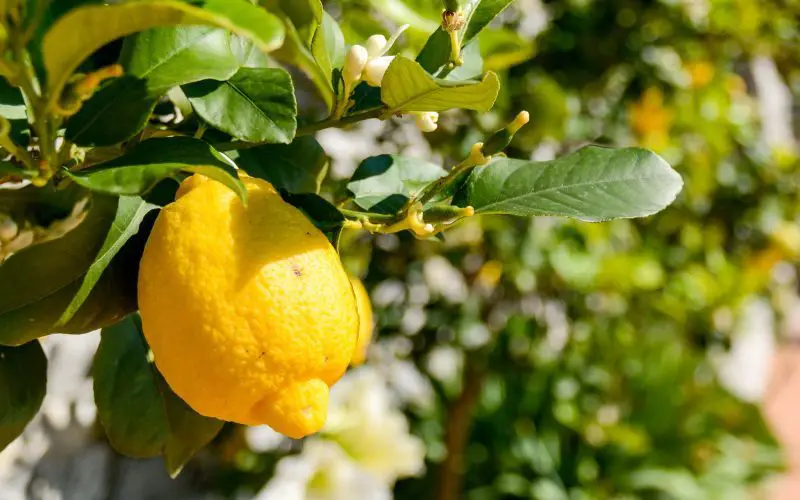Reviving Lemon Trees: My Fertilization Secret
By Francesca – Class of 1974, Classical Education Graduate, Bachelor’s Degree Holder
Lemon trees are among the most cultivated trees in our region, whether in pots on balconies, terraces, or in gardens. When flourishing, they offer juicy, delicious fruits that are incredibly useful in the kitchen, along with a burst of joy, an intoxicating fragrance, and a vibrant splash of color.
However, in some cases, lemon trees struggle to bloom. The reasons can be diverse but all traceable to some overlooked care on our part.
Lemons do not follow a specific seasonality; they bloom and bear fruit several times a year, sequentially. If this is not happening, then there might be something we are doing wrong. However, there’s a remedy for everything; the key is knowing the right steps to take to support them.
Advertisement
Here’s what we need to pay attention to!
Reviving Lemon Trees: My Fertilization Technique
The Lemon Tree: How to Care for a Bountiful Harvest
Think of the lemons from the Amalfi Coast—huge, with thick and fragrant peel, seemingly food fit for the gods. Now, consider the climate they thrive in: mild, warm, and sunny. Let’s start from here.
Lemons need light and sun to bloom and bear fruit. If you have placed them in a too-shady area, relocate them where they can receive at least 7 hours of direct sunlight each day.
It rarely rains in the South, and in summer, it almost never does! This brings us to the second point.
As for irrigation, they need abundant water during fall, winter, and early spring, but very little in summer. A thirsty tree in the hottest months yields a flourishing bloom and a plentiful harvest.
So, to summarize: correct exposure, well-draining soil, especially in summer, but that’s not enough. Now, let’s move to the ace up the sleeve: fertilization.
Advertisement
This point is also of fundamental importance for the plant’s health and the emergence of new shoots. The soil needs to be fertilized at least two or three times a year. How?
Lemons require nitrogen, potassium, and phosphorus. Where can you find all of these? In lupins! Ground lupins will make a difference in the number of flowers and fruits on your lemon tree.
50 grams for potted plants, 100 per square meter for those planted in vegetable gardens and gardens, are sufficient to watch your plants flourish.
And now that you know everything, you’ll fully enjoy one of Mother Nature’s most precious gifts!



